
Browse our fun-packed, helpful plant-based articles, and delve deeper into this healthy, sustainable lifestyle!


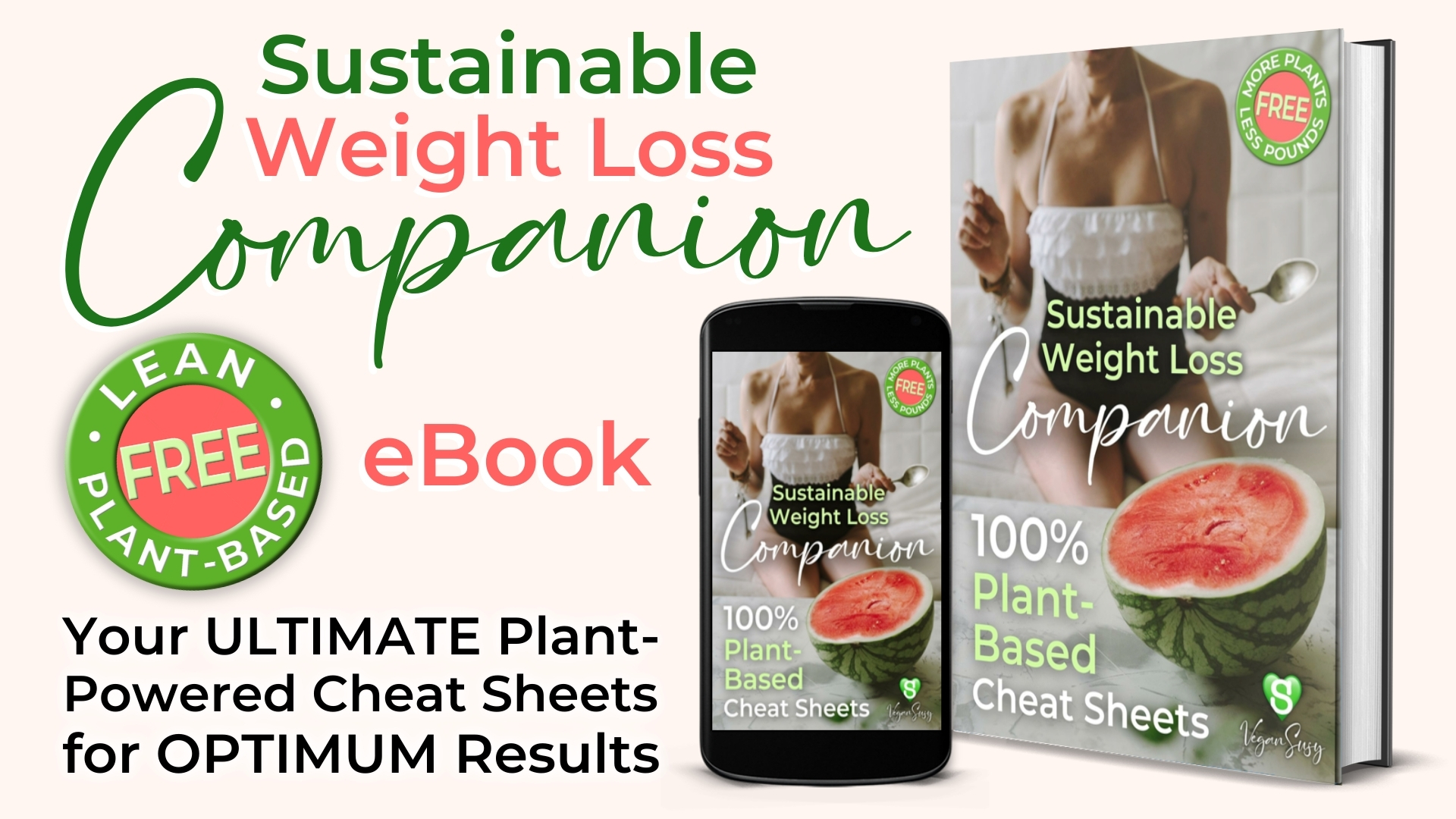

Nourish Your Gut: Exploring the Link Between Plant-Based Diets and Gut Health
Plant-Based Weight Loss For Women
Author: Plant-Based Susy
Get the bugs in your gut on your side
Don’t be alarmed, but trillions of teeny-tiny creatures are in your gut working for your health — or against it. You might not know it, but you tell them what to do through what you eat.
Scientists have known for a while that the gut doesn’t only break down food. It also affects weight, mood, skin condition, and disease risk. They’ve been searching for food to keep the microorganisms in our intestines happy, and research keeps pointing to a plant-based diet and gut health.
A plant-based diet and gut health are linked because plants increase the number and diversity of beneficial microorganisms in the digestive system. Fibre, prebiotics, and probiotics are responsible for a healthy gut. Eating a variety of plants is vital to getting wide-ranging benefits.
Clearer skin, more energy, a calmer mind, and protection against diseases can be yours if you get the bugs in your gut on your side. They can even help you lose those extra pounds.
It all starts with eating more plants, and it's why we created More Plants 🌱 Less Pounds.
Here’s everything you want to know about feeding your gut for better health and happiness.

Table of Contents:
How Does Your Gut Affect Your Health?
Let’s get back to those itsy-bitsy creatures in your gut. They're a community of trillions of bacteria, viruses, fungi, and parasites. Most of them are friendly, and they help your body work well. But some are nasty troublemakers. Together, these microorganisms are called your gut microbiome.
Your microbiome wields much power over how your entire body functions. In fact, it has such a big say over what happens that medical experts call it your second brain.
Here are another 4 mind-blowing facts to show just how much weight your microbiome carries:
Your gut microorganisms’ genetic matter is up to 100 times bigger than yours.
More than 1,000 species of bacteria, viruses, and fungi live in your gut.
100,000 times more microorganisms live in your gut than people on Earth.
Your digestive tract has more nerve cells than your spinal cord.
When your gut environment is balanced and healthy, the good guys are in control, and your mind and body run better. However, if this balance is disrupted, the bad microorganisms take charge. Then your risks of developing diseases, brain aging, bad moods, and weight gain rise.
What you eat can bring harmony or chaos to your gut environment, fuelling the helpful or rogue bugs.

Can a Plant-Based Diet Improve Gut Health?
“Current research suggests that switching to a plant-based diet may help increase the diversity of health-promoting bacteria in the gut.” That’s what a team of researchers concluded in a recent systematic review (read: an analysis of all relevant studies) published in the journal Nutrients.
The study adds to the ever-growing evidence that fruit, veggies, whole grains, pulses, nuts, seeds, tea, coffee, and cocoa can help good microorganisms thrive in the digestive tract.
What about these foods do the microscopic munchers love so much?
We’ll simplify the link between a plant-based diet and gut health:
Beneficial microorganisms go wild for plant fibre and micronutrients called polyphenols. They grow and get stronger as they gobble them up. These food sources are called prebiotics.
Fermented vegetables like sauerkraut (cabbage) and kimchi (marinated cabbage and radish) give your gut an extra boost. They add live microorganisms called probiotics to increase the number of bugs working for your health.
Doctors who understand and treat the digestive tract for a living swear that eating plants is a smart move for gut health.
Paediatric Gastroenterologist Dr Thomas Sferra believes they nourish your gut like no other food. “The best (and less expensive) way to ensure a healthy gut microbiome is to consume a diet rich with prebiotic and fermented food types,” he says.
What about those harmful bugs we mentioned earlier—do they like whole-food vegan staples, too?
Nope. They prefer foods unrecognisable from their natural form, like white bread, pasta, cookies, heavily processed breakfast cereals, and snack bars. The less fibre, vitamins, and minerals a food has, the happier these bugs are.
Harmful gut microorganisms also devour sugar and saturated fats and crave animal products.
Suppose most of what you eat is sugary, ultra-processed, and animal-based. In that case, your good microorganisms die off and become less diverse. Worse still, the bad ones multiply, triggering inflammation, potential weight gain, and health trouble.
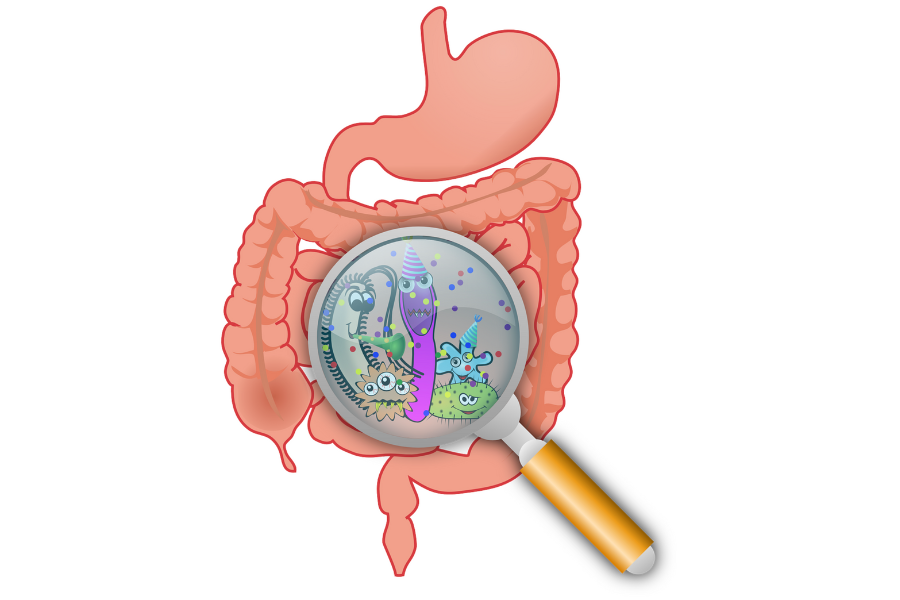
Are All Plants Good for the Gut?
When we find a recipe we love, we want to eat it all the time. We could have our comforting Apple & Cinnamon Oats for every meal!
But your microbial buddies need adventurous eating packed with diverse plants to become a powerful force for health.
Eating various plants is a must because they have different types of fibre, and each type has characteristics that only specific strains of helpful microorganisms can break down and feed off.
Some fibres dissolve easily in water, while others don't. Some form a thick gel, others have a thinner consistency. They all also differ in their ability to ferment.
For example, apples, oranges, and lemons are high in thick, sticky pectin. On the other hand, onions, artichokes, leeks, asparagus, and bananas have thinner and less sticky inulin.
Aim for variety to up the chances you’ll give every helpful microorganism something to eat.
Diversity is also essential for a balanced vegan diet that provides all necessary nutrients. Eating assorted plants at mealtimes will nourish your whole body, not just your gut.
Try to eat things from every category:
Fruit. Pome (apples, pears), citrus (oranges, grapefruit), stone (apricots, cherries), tropical (bananas, pawpaw), berries (strawberries, blueberries), melons (honeydew, watermelon), other (grapes, passionfruit).
Vegetables. Leafy greens (lettuce, spinach), cruciferous (cauliflower, broccoli), marrow (pumpkin, cucumber), root (potato, carrot), stem (celery, asparagus), allium (onion, garlic).
Whole grains. Oats, brown rice, quinoa, oats, popcorn, barley, farro, rye, millet.
Beans, peas, and lentils. Beans (chickpeas, soya), peas (garden, sugar snap), lentils (brown, green).
Seeds and nuts. Seeds (chia, pumpkin), nuts (almonds, walnuts).
Seaweed. Spirulina, chlorella.
Herbs and spices. Herbs (basil, mint), spices (cinnamon, ginger).
Fermented vegetables. Sauerkraut, kimchi.
Which Plants Are Best for Gut Health?
Aiming for variety is the number 1 rule for a plant-based diet and gut health. Still, some foods give you more bang for your bite.
Move these 15 fruit and veggies to the top of your list:
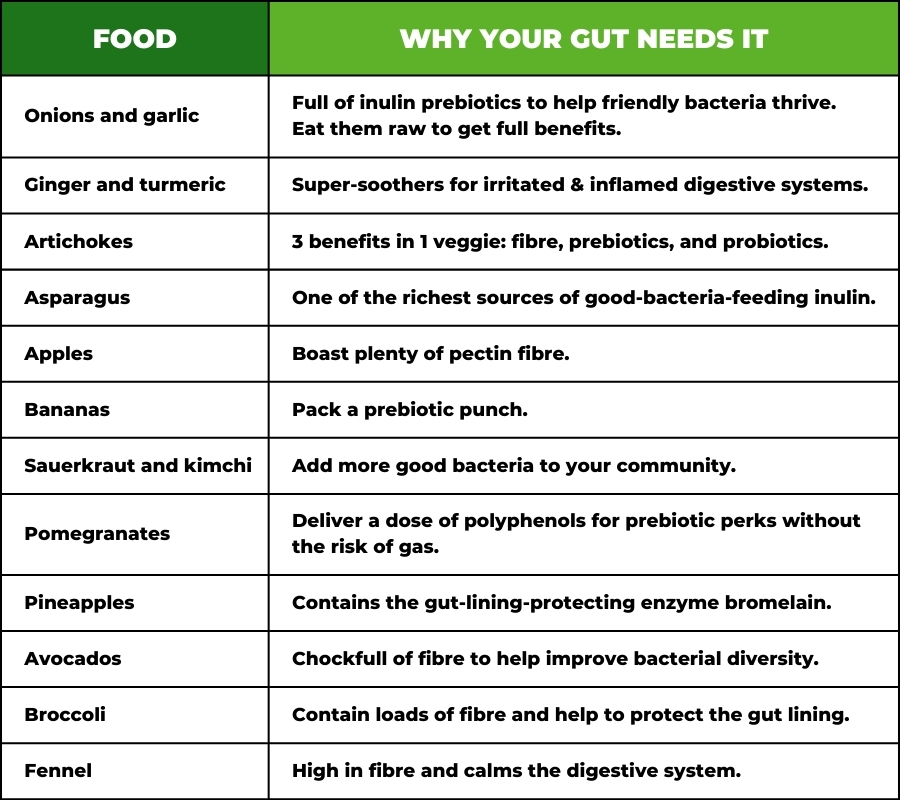
How Can You Get Better Gut Health With a Plant-Based Diet?
How can a plant-based diet improve gut health if you’re clueless about ways to fit an abundance of fresh produce into your meals?
We have tons of ideas, especially for eating more fruit and veg!
The simplest trick is to stuff plants into stews, soups, salads, sauces, and smoothies. You can also cram seeds, nuts, cocoa nibs, puffed whole grains, and dried fruit into trail mix and energy bites. Plus, mix and mash many whole grains, beans, lentils, veg, and spices in veggie balls and burgers.
The Vegan Susy Team developed our recipes to make eating plenty of plants stress-free.
Let’s see how many different ones we packed into some of our go-to meals:
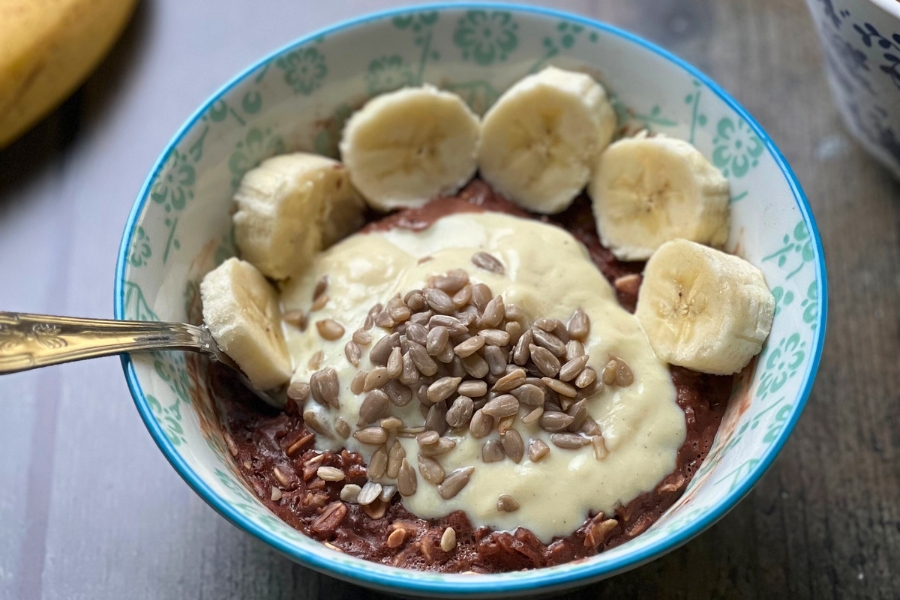
Breakfast: Plant Count
Banana Cocoa Oats with Sunflower Seeds
A satisfyingly sweet and creamy mix of oats, cocoa powder, banana, oat milk, vanilla dairy-free yoghurt, and sunflower seeds.
Plant Count: 5
Bump up this number by adding more seeds, nuts, and fruit to your bowl. We suggest a drizzle of thinned-out peanut butter and blueberries.
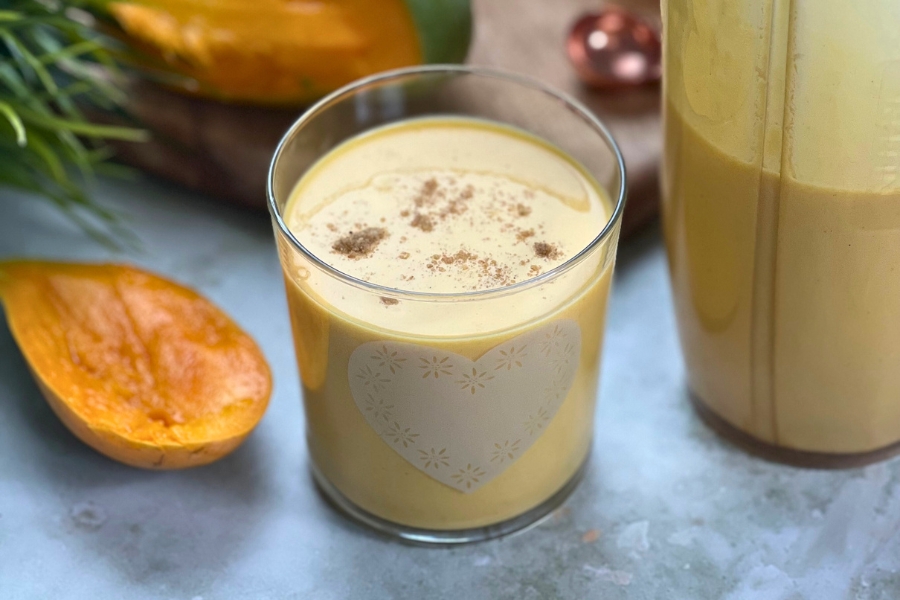
Morning Snack: Plant Count
Dreamy Vegan Mango Lassi
A silky-smooth sip with a protein punch and unexpected mango, rose, and cardamom flavours.
Plant Count: 4

Lunch: Plant Count
Vegan Stuffed Peppers
Vibrant colours and spices combine to make this a meal you’ll want to make again and again. It’s actually 3 recipes in 1 (Stuffed PeVegan ppers, Tasty Vegan Lentil Chilli, and Sexy Salsa) for triple the goodness (and plant count)!
Plant count: At least 5 (you choose how many fresh veggies to use) in the stuffed peppers, 17 in the lentil chilli, and 10 in the salsa. Serve with mashed avocado and brown rice to add an extra 2 to your tally.

Afternoon Snack: Plant Count
Green Smoothie for Health
This super-charged afternoon pick-me-upper features six green heroes: kale, celery, pear, kiwi, pumpkin seeds, and spirulina.
Plant count: 9
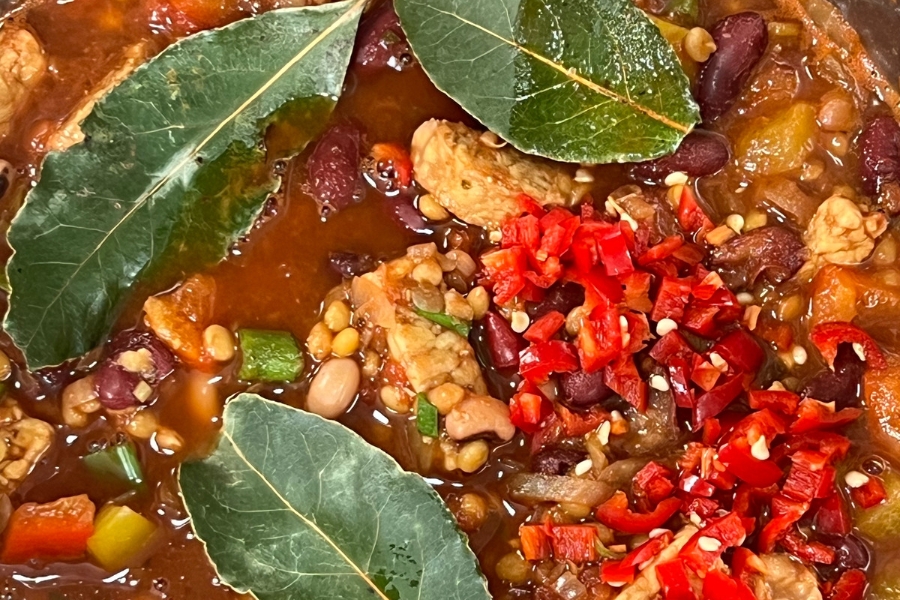
Dinner: Plant Count
Frijoles Charros (Mexican Cowboy Bean Stew)
A filling bean stew with the intense flavours of smoked paprika, garlic, jalapeños, cumin, coriander, and umami tempeh, brightened by lime and fresh coriander notes.
Plant count: 17
Join The 30 Plants a Week Challenge
Health experts recommend eating 30 different plants a week to create a thriving, diverse community of helpful gut microorganisms. You can smash this goal by adding our recipes to your menu!
Make a game out of plant-based diet and gut health by joining the popular 30 Plants a Week Challenge.
Here’s how:
Track the different plants you eat in a week, aiming for a total of at least 30.
Whole grains, beans, peas, lentils, seeds, nuts, veggies, fruit, coffee, and cocoa (even minimally processed dark chocolate) all count as one. Each sprinkling of herbs or spices counts as 1/4.
Fresh, dried, tinned, and frozen produce add to your total.
Count different pulses, whole grains, fruit, veg, seeds, and nuts separately. So, a handful of mixed nuts (cashews, almonds, pecans, and walnuts) counts as 4, not 1.
Why not help out your friends’ gut bugs by inviting them (your friends and the hungry occupants of their digestive systems) to a plant-packed cook-off? See who can come up with the yummiest meal made from the most plants.
Frequently Asked Questions
What are the best plant-based foods for gut health?
The best plants for boosting gut health include fennel, broccoli, avocado, pineapple, pomegranate, sauerkraut, kimchi, bananas, apples, asparagus, artichoke, ginger, turmeric, onion, and garlic.
Eating various plants daily is crucial to encouraging diverse beneficial microorganisms to flourish.
What are the worst plant-based foods for gut health?
Ultra-processed, low-fibre foods high in sugar, salt, saturated fat, chemical additives, and preservatives are the worst plant-based foods for gut health.
These gut-upsetting foods include some meat alternatives, sugary snack bars, sweetened cereals, and white bread.
Can whole plants harm the gut?
Some whole plants can harm the guts of people with irritable bowel syndrome (IBS).
These individuals commonly experience symptoms such as constipation, diarrhoea, bloating, and pains after eating carbohydrates and sugars their bodies can’t digest.
Working with nutrition professional or dietician to find plants that are gentle on the gut can keep symptoms under control.
How fast does a vegan diet improve the gut for weight loss?
You can create gut conditions to promote weight loss on a vegan diet within four months. This is according to a study that found people improved their gut health and shed pounds and fat (including the dangerous belly padding around your organs) after following a plant-only diet for 16 weeks.
Do all plants benefit gut health?
While most do, fermented foods and prebiotic-rich veggies like garlic and onions are especially powerful.
Conclusion:
How incredible that gazillions of tiny organisms are in your gut, ready to help improve your overall mental and physical well-being.
All they ask in return is that you keep a good mix of plant goodness coming... Which will give you extra health benefits. Talk about a winning deal!
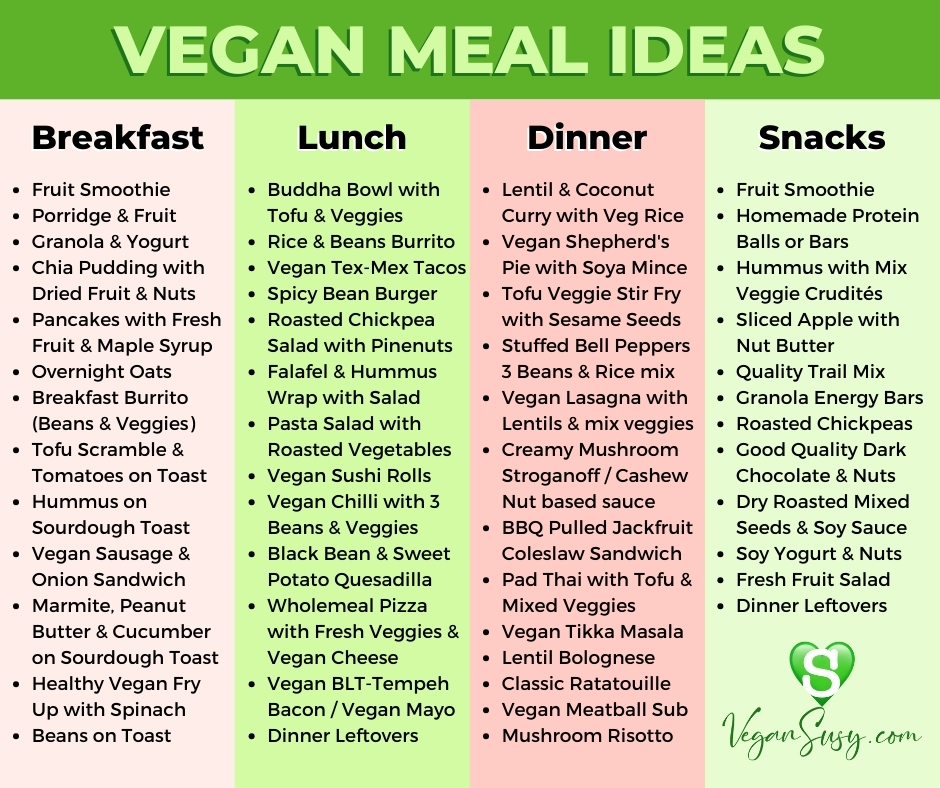
💚 "Happy Plant-Based Eating & Exercising!" 💚

Plant-Based Susy
Plant-Based Nutrition Professional & Weight Loss Coach
Empower Yourself: Embark on a Delicious Fat Loss Adventure

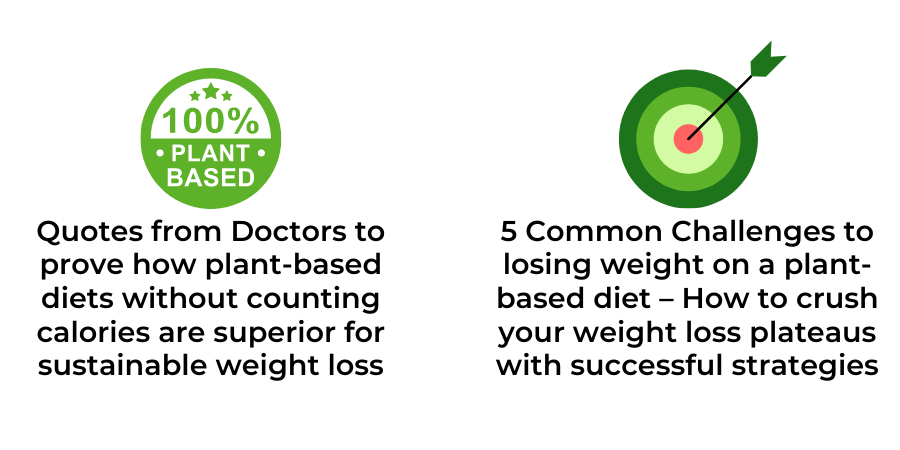
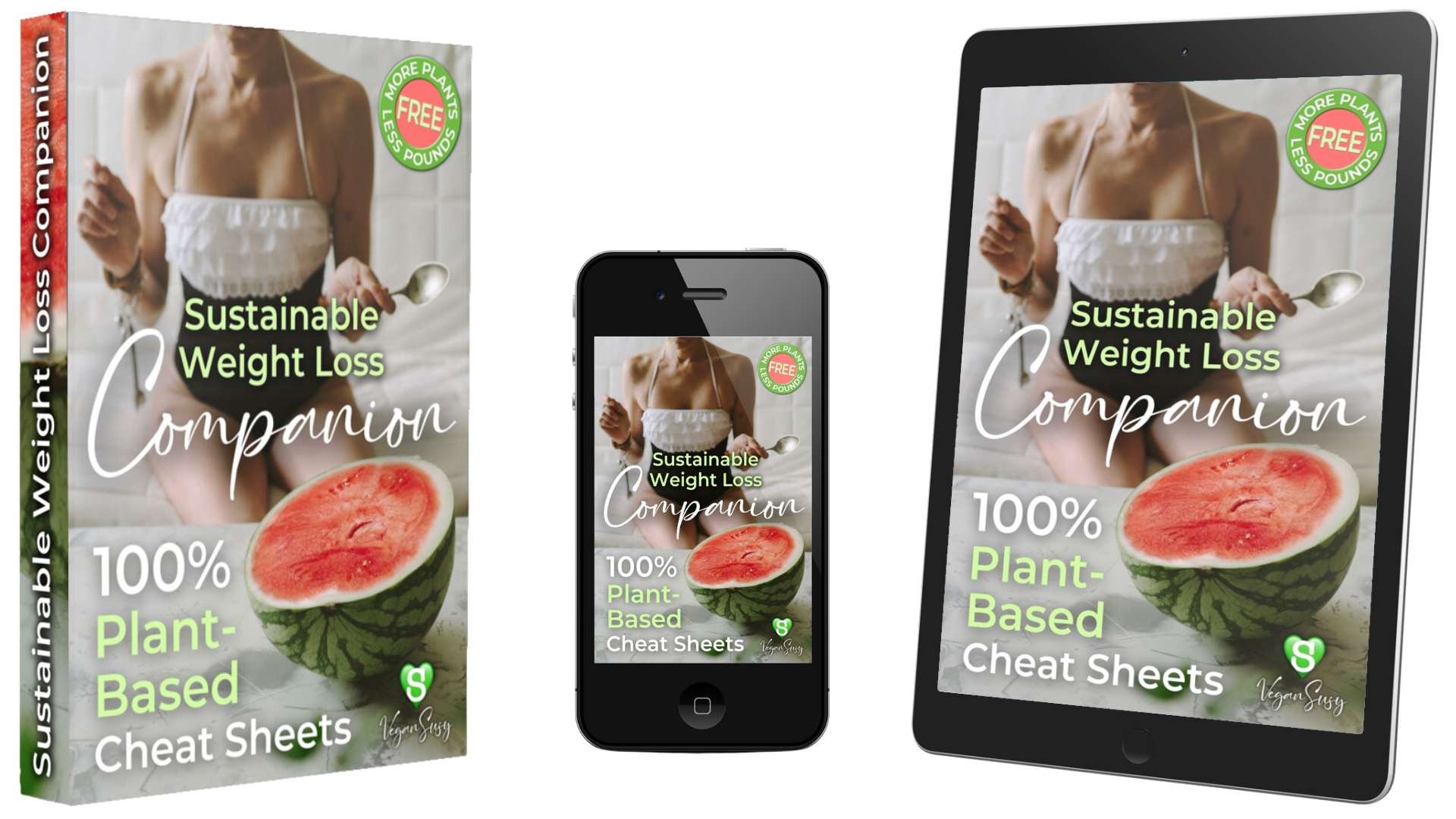
🍉 Get Ready to Jump Start Your Fitness Goals AND DISCOVER A HEALTHIER YOU!
🍉 Let's Make Your Fat Loss & Optimum Health Journey a Delicious Success Story!
🍉 Get The FREE Sustainable Weight Loss Companion eBook and CHEAT SHEETS!
More Free Resources
Unlock Your Transformation Today!
© 2025 VeganSusy Ltd. All Rights Reserved


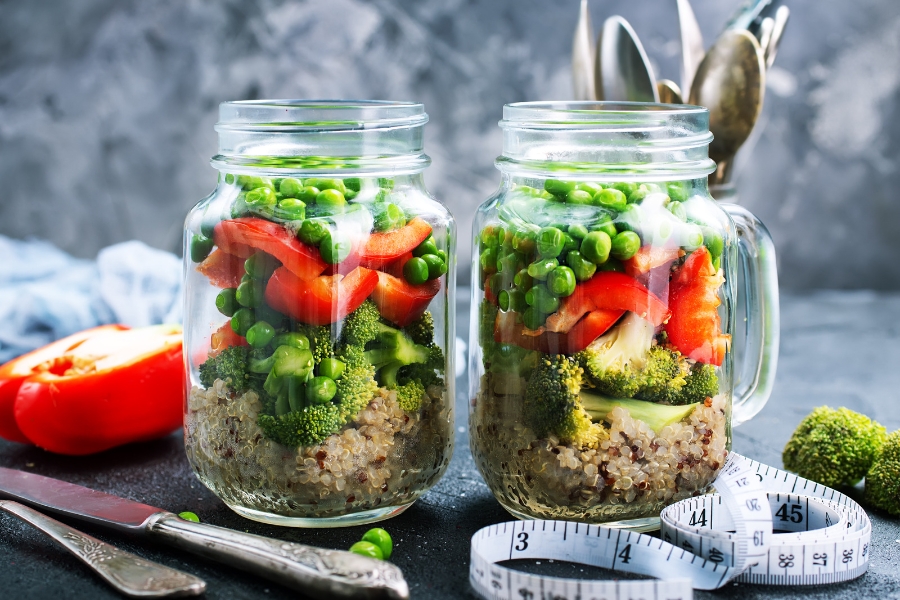
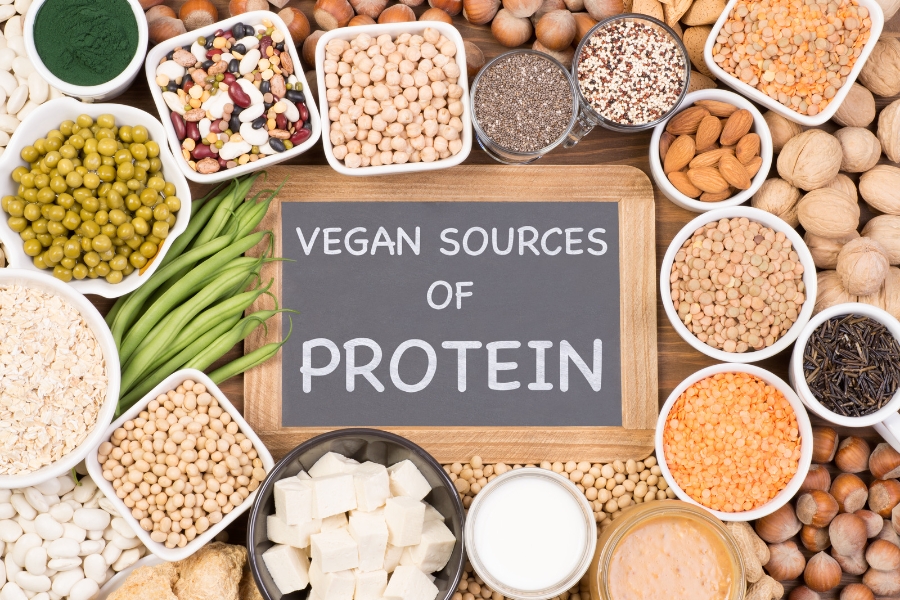

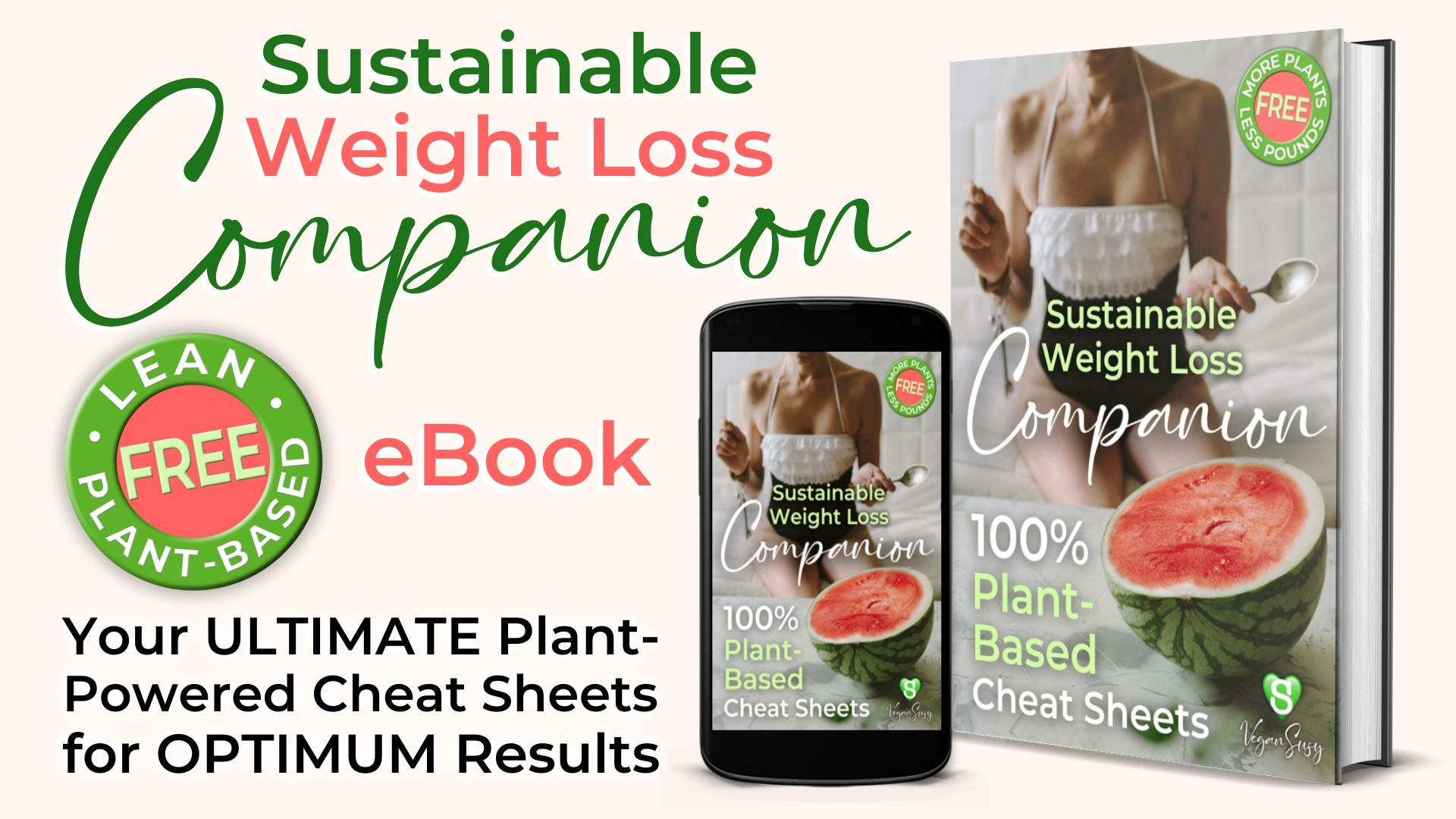





Facebook
Instagram
Youtube
Pinterest